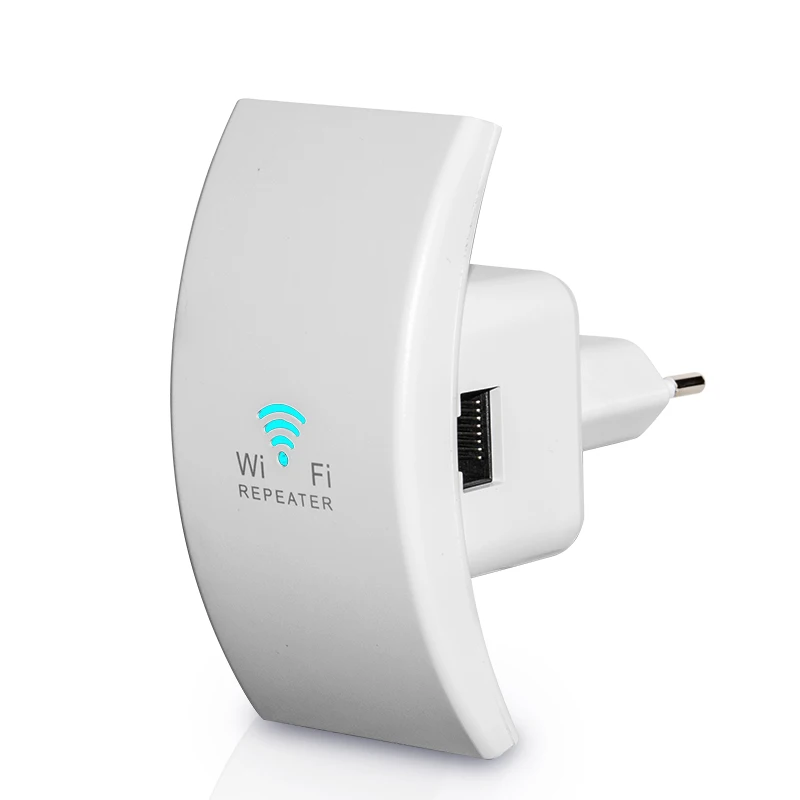

Wireless Speaker Kits with No Built-in Amplifier I will go further into how everything connects later on. Some kits will include an input and output for a subwoofer as well! A lot of subwoofers include a built-in amp, so this is usually really simple to connect. Or you can use a line-level adapter ( example) to convert speaker leads to RCAs. If your receiver does not have pre-outs, then make sure the transmitting unit accepts regular speaker wire as an input. If your receiver has pre-outs (RCA outputs for the different speaker channels before power is applied), then you can simply connect RCAs from the receiver to the transmitting unit. Keep in mind the inputs available on the transmitting unit and the outputs available on your A/V receiver. Much less than what your current receiver/amplifier will output. I recommend getting a kit with no built-in amp because it’s likely that the power output from the wireless receiving unit is very low. It only sends an audio signal and requires an additional amp to power the speakers. There are two main types of wireless speaker kits: If you have any questions, just leave a comment, and I will do my best to answer your question! 1. Running the speaker wires can be tedious depending on the layout of the room, this is where the wireless transmitting and receiving comes in. So whether you run a cable or use a wireless kit is dependent upon where the rear speakers are located. The subwoofer also has multiple locations that it can be set. The rear speakers are almost always located far from the receiver/amplifier. Running cables to the front channel speakers is relatively simple because the receiver is usually located close to the speakers. You typically will only use one of these kits for your rear speakers and/or subwoofer. I will do my best to generalize and give enough information to set up a kit for most scenarios. This can get semi-complicated depending on your speaker setup and the kit you use. So be aware of where your router/WiFi access point is located because they could potentially cause interference. Note: RF is the same signal that WiFi utilizes, a lot of kits operate around 2.4GHz. A separate amplifier is much more reliable. If the receiving unit contains a built-in amplifier, it will usually provide a very small amount of power, I wouldn’t suggest using this. A lot of rear speakers are passive and not active (they don’t supply their own power).Most wireless speaker kits don’t have a built-in amplifier.The receiving unit then processes the signal and routes it to whatever is connected to its outputs.Īs mentioned above, you may need to add a separate amplifier to power the speakers because: The transmitting unit accepts inputs from the receiver or other sources and “transmits” them to the receiving unit. These kits contain a transmitting and receiving unit. Wireless speaker kits make regular speakers wireless by sending the audio signal via an RF (radio-frequency) signal. You can simply add a wireless speaker kit to provide a high-quality wireless signal to your surround speakers.

Most are pretty simple to configure, so don’t worry! How Does a Wireless Speaker Kit Make Regular Speakers Wireless? We will go over how these wireless kits make regular speakers wireless, as well as, how these kits should be set up. There are various scenarios for using wireless technology to provide a signal to your speakers. You may also need to connect a separate amplifier to the speakers to provide power, as most of these kits do not provide power to the speakers. These wireless speaker kits make regular speaker wireless by sending the audio signals via RF (radio-frequency). You may be wondering, can you convert your current surround sound speakers to wireless speakers? Yes, you can do this very easily by using a wireless speaker kit. Wireless speakers are the next big thing in audio/video setups, but not everyone will want to fork out the money for high-end wireless speakers. Who wants to crawl through their attic and run 1 or 2 measly cables to get signal to their rear speakers? Definitely not me, I’ve crawled through my fair share of attics, and I can vouch that it’s not a fun time at all. There are many scenarios where running cables to your surround speakers can be very troublesome.


 0 kommentar(er)
0 kommentar(er)
